
AeroGenie: il tuo copilota intelligente.
Tendenze
Categories
Expanding Aviation MRO Capabilities in Ireland
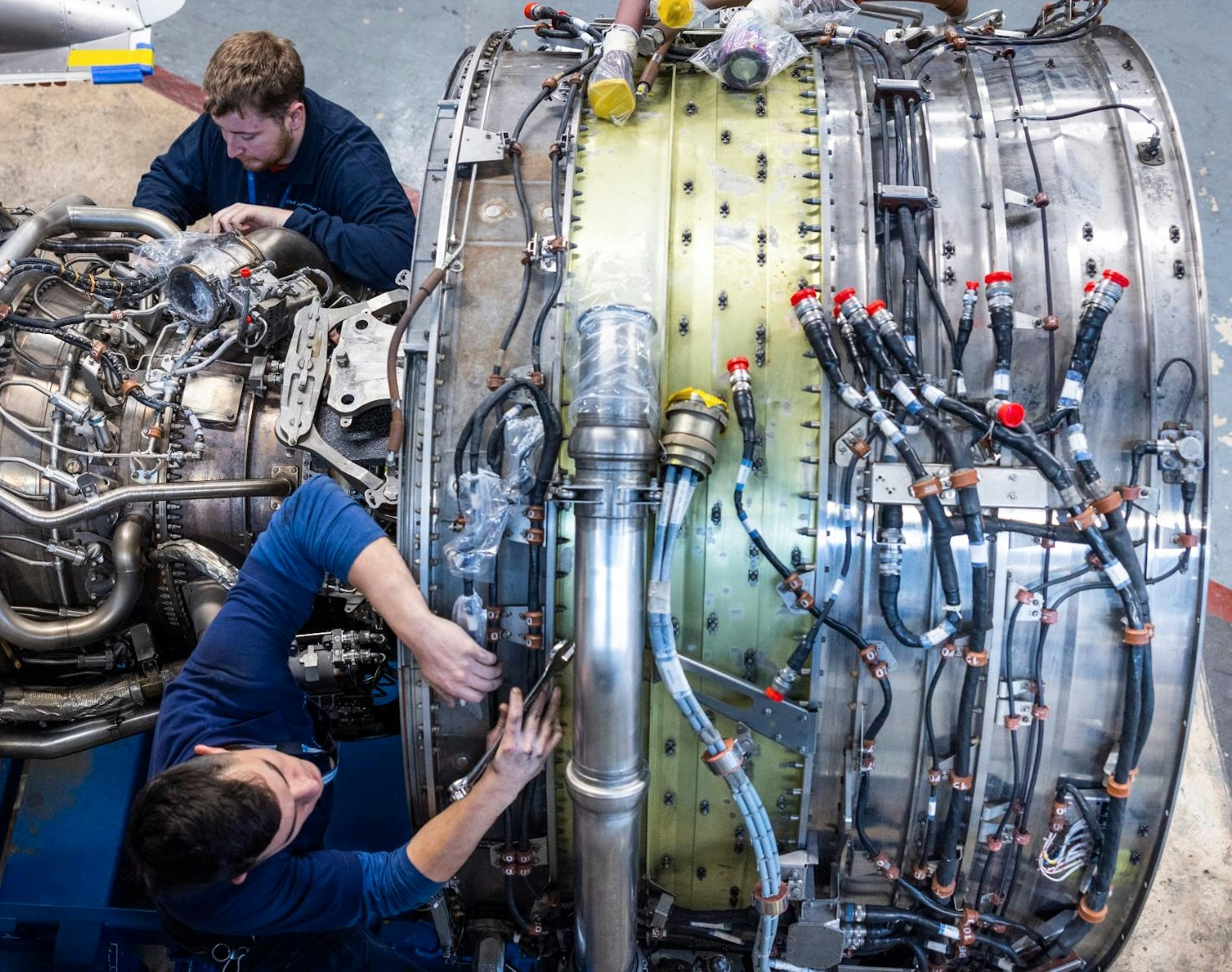
Expanding Aviation MRO Capabilities in Ireland
The Importance of MRO in Commercial Aviation
Maintenance, repair, and overhaul (MRO) represent a vital yet often overlooked segment of the commercial aviation industry. The global air travel system relies heavily on comprehensive MRO support to ensure the safety, reliability, and efficiency of aircraft operations. Given the complexity of modern aircraft, which are subject to stringent international regulatory standards, rigorous maintenance is essential throughout their operational lifespan. Airlines and leasing companies meticulously follow detailed maintenance schedules to uphold both safety and asset value, with aircraft such as the Boeing 737 and Airbus A330 undergoing frequent, intensive inspections.
Ireland’s Strategic Move into MRO Expansion
Ireland, already recognized as a global leader in aircraft leasing, is now seeking to broaden its footprint in the aviation MRO sector. This strategic expansion aligns with projections that the global MRO market will reach $155 billion by 2034, driven by increasing air travel demand and ongoing fleet modernization efforts. Despite these promising prospects, Ireland faces significant challenges in scaling its MRO capabilities. Regulatory compliance remains a critical priority, with authorities demanding adherence to world-class standards. Furthermore, Ireland must compete with well-established MRO hubs across Europe and other regions, which have cultivated strong reputations and loyal client bases over many years.
Challenges and Opportunities Ahead
Supply chain resilience has emerged as a key concern, particularly in light of recent global disruptions that have exposed vulnerabilities in the procurement of parts and availability of skilled labor. To maintain competitiveness, Irish MRO providers may need to pursue strategic partnerships or invest in advanced technologies. This approach is exemplified by recent industry developments such as the establishment of a new MRO facility in Malta by Diamond Aircraft and Falcon Aviation Engineering. The growth of MRO capabilities in Ireland could prompt airlines and leasing companies to reconsider their maintenance strategies, potentially shifting operations to leverage emerging local expertise and capacity. Such shifts may also influence the broader global MRO landscape, encouraging other market participants to pursue their own expansions or collaborative ventures.
As Ireland advances in this sector, its success will hinge on sustaining regulatory excellence, strengthening supply chains, and differentiating itself within a highly competitive environment. Achieving these objectives could further solidify Ireland’s status as a pivotal player in the global aviation industry.
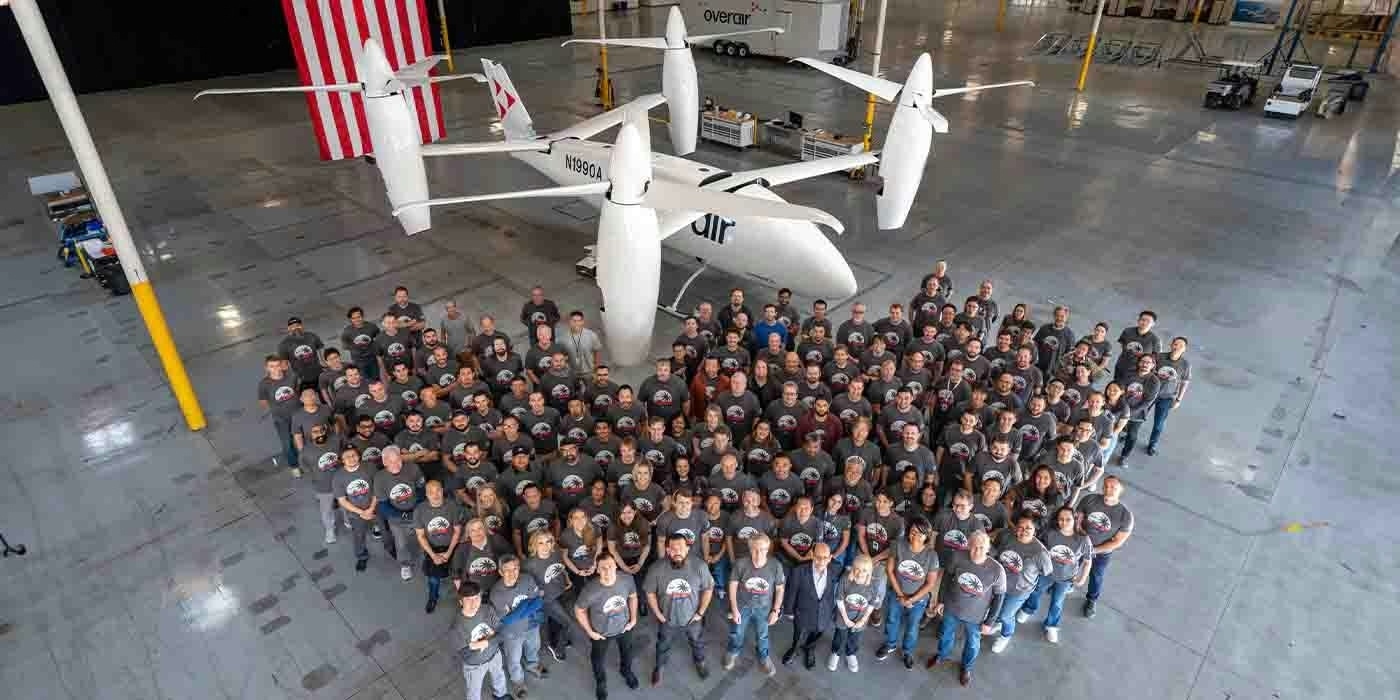
Unique mixed-propulsion eVTOL completes transition flight testing
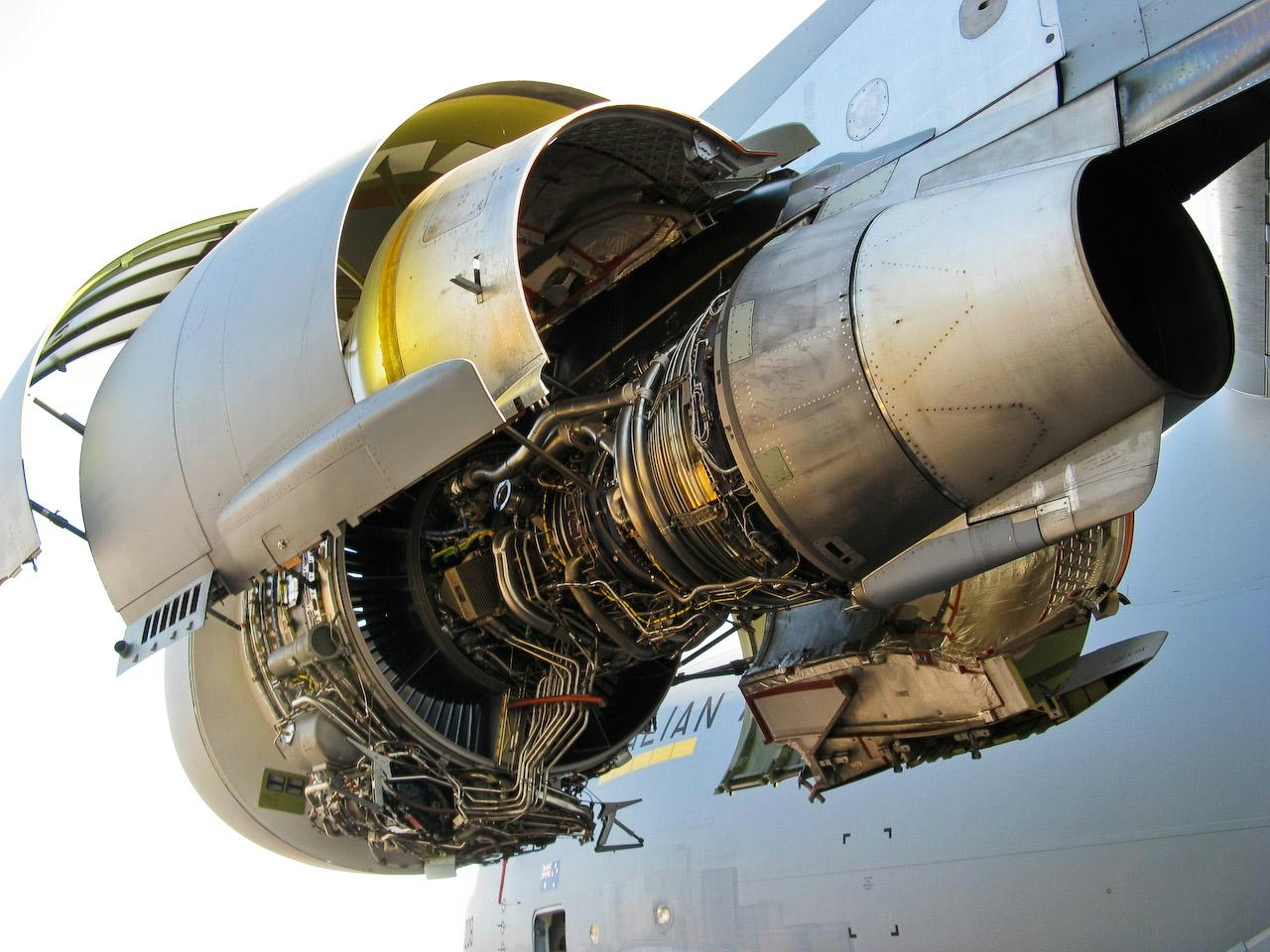
Are C-17 Globemaster Engines Derived from Boeing 757?
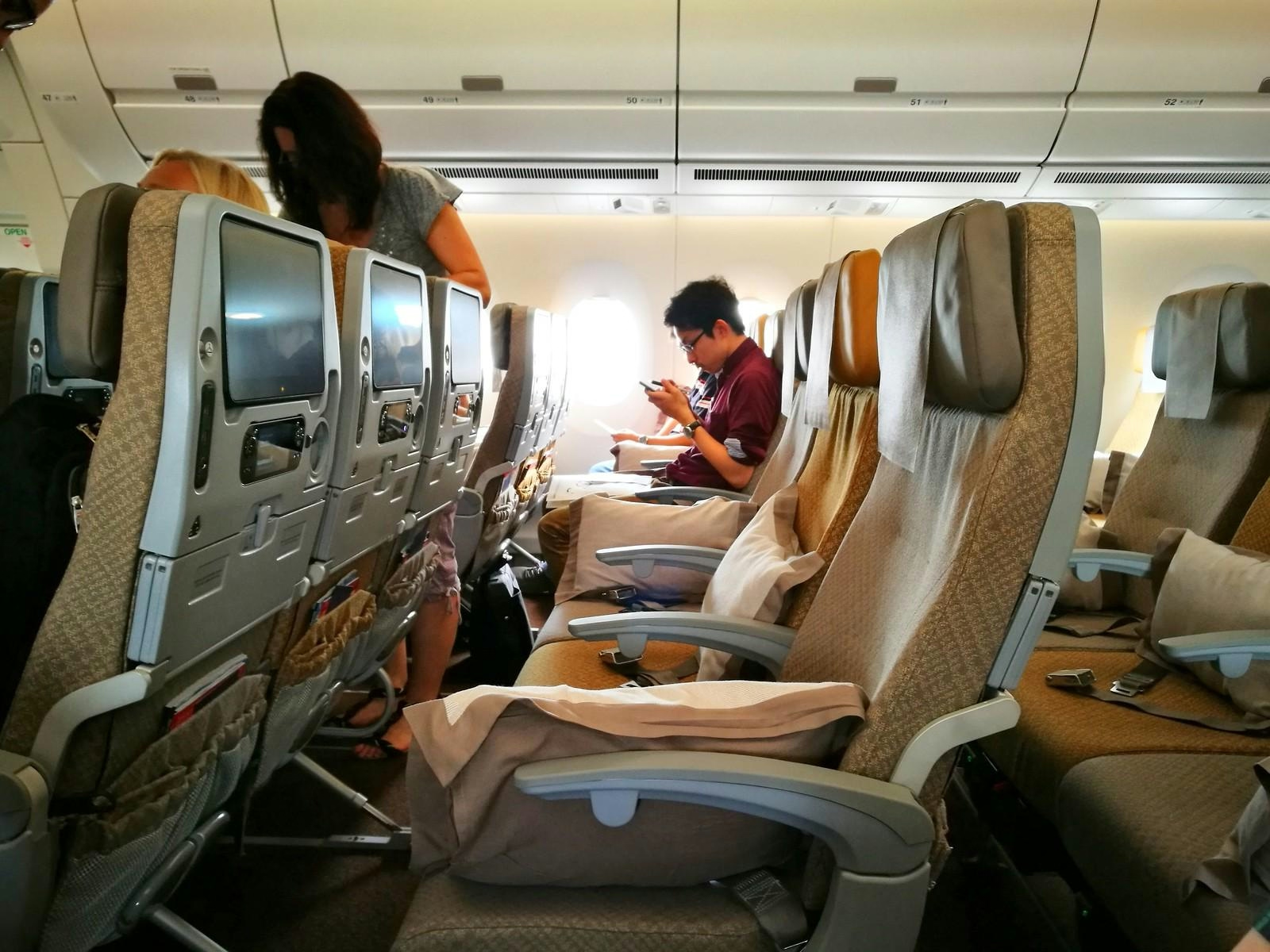
Why the Airbus A350’s Cabin Is Quieter Than Other Aircraft
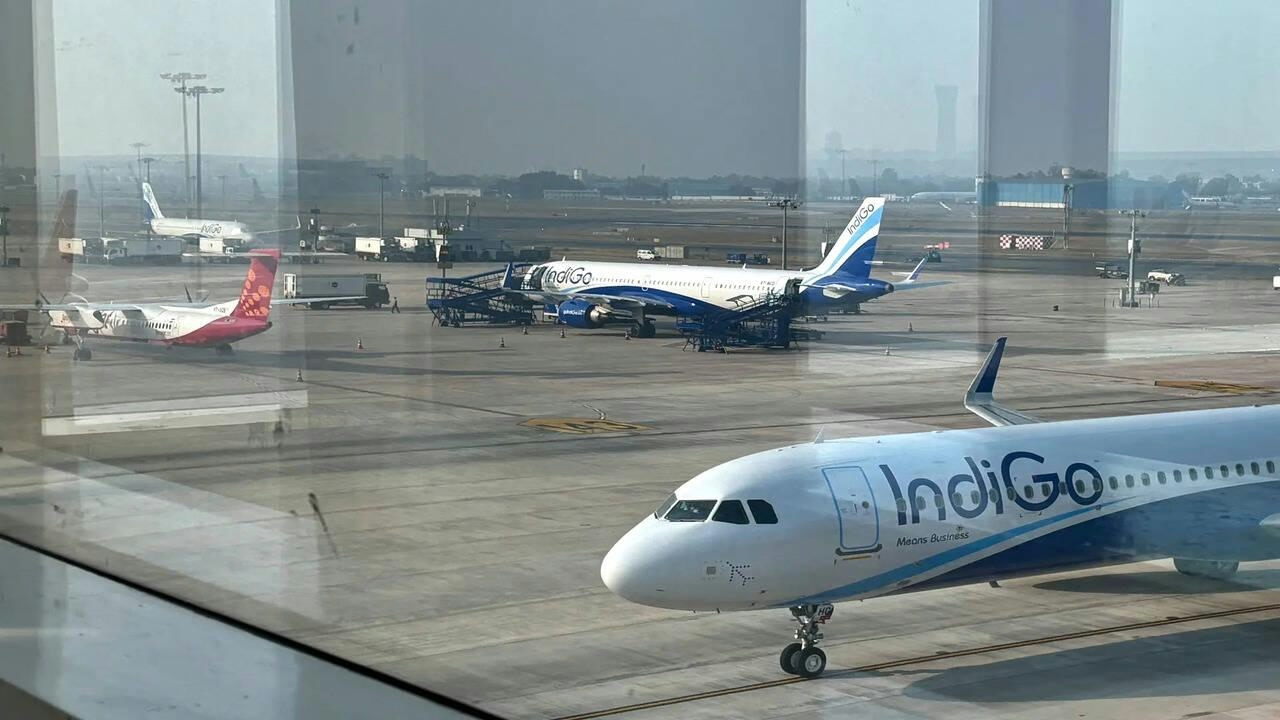
AI and AI Express Plan to Increase Capacity Amid IndiGo Flight Disruptions
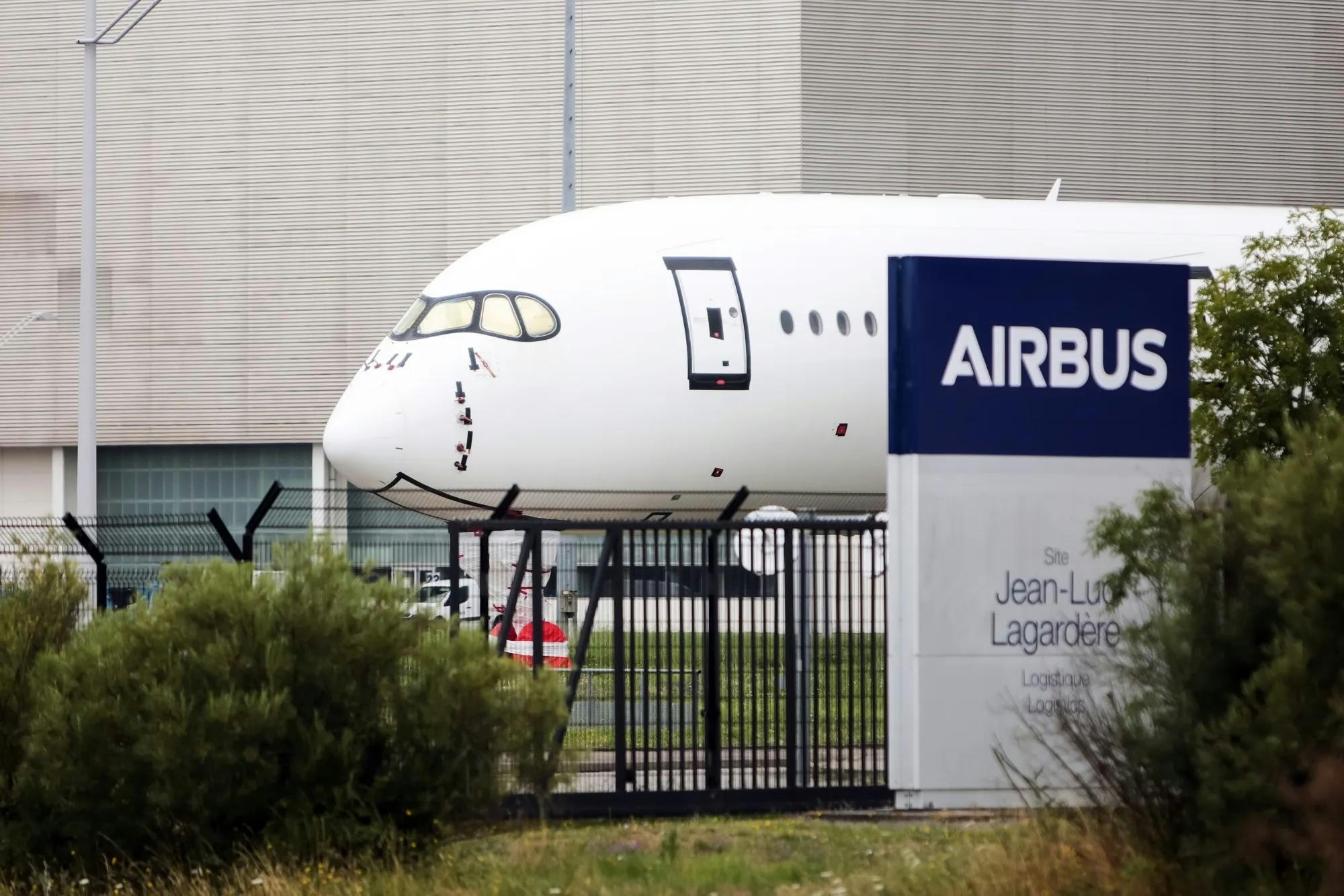
Kazakhstan and France Agree on Airbus Aircraft Deliveries
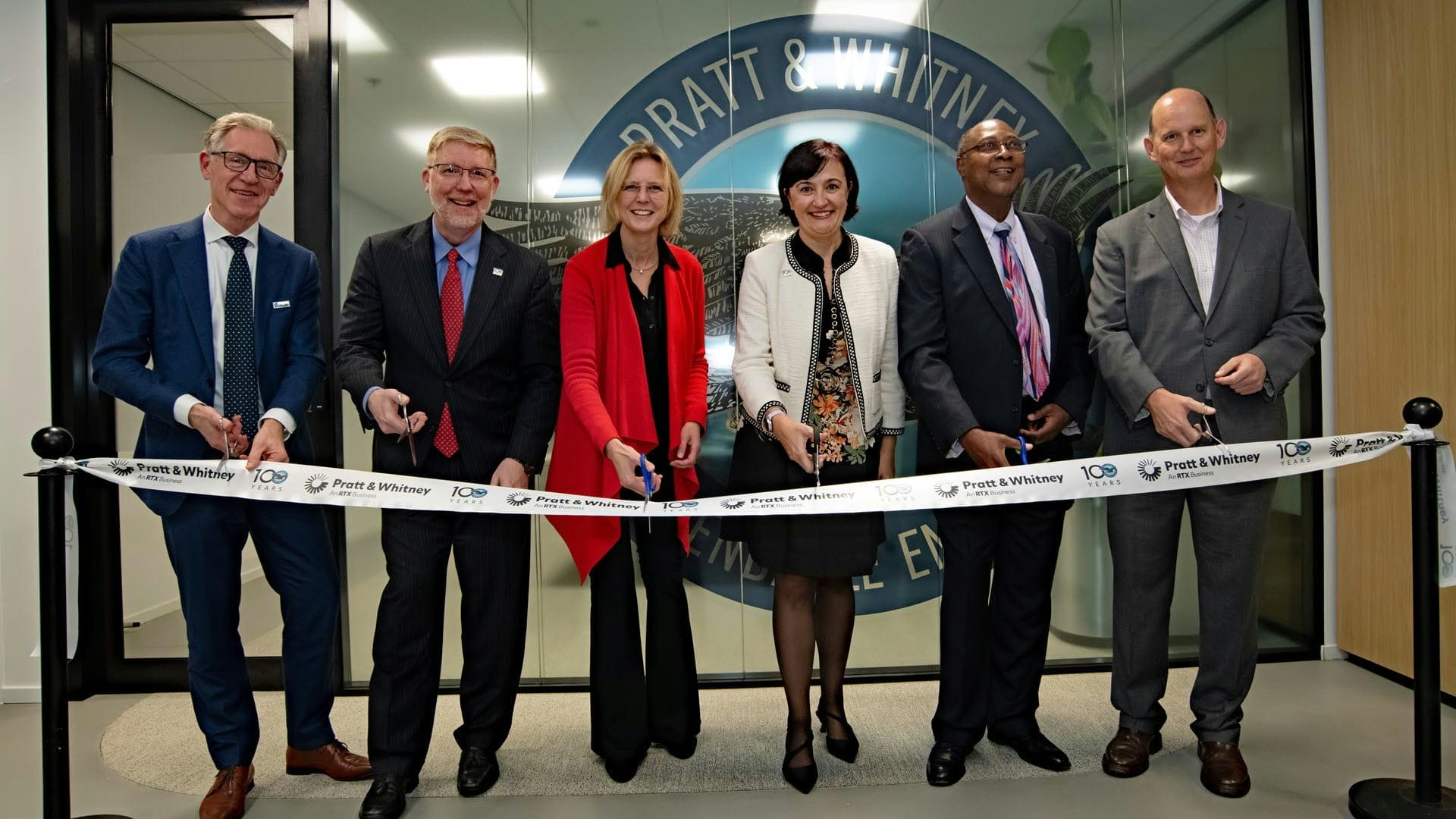
Europe’s Emerging Talent Drives Aviation Innovation
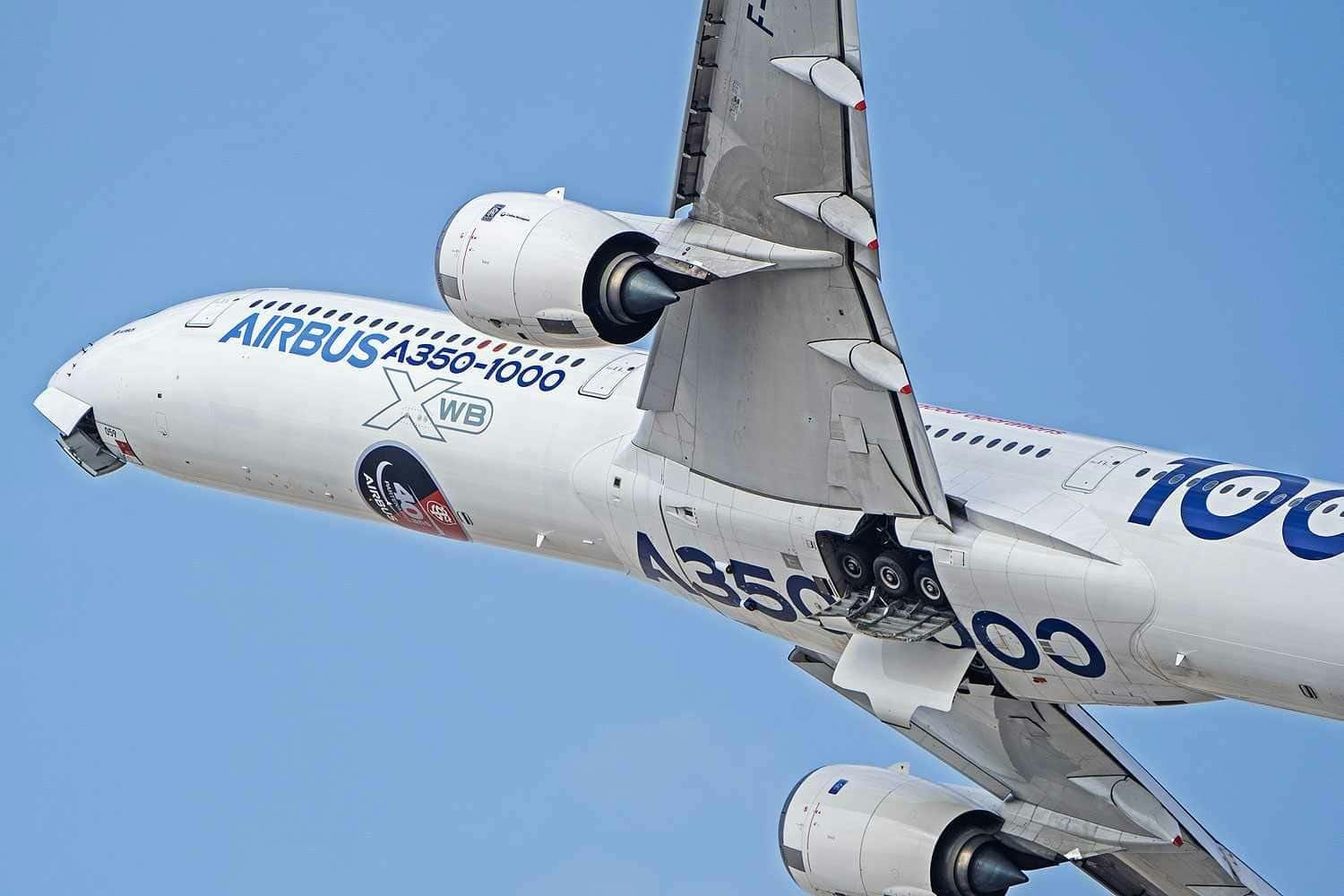
Airbus Receives New Order for A350-1000
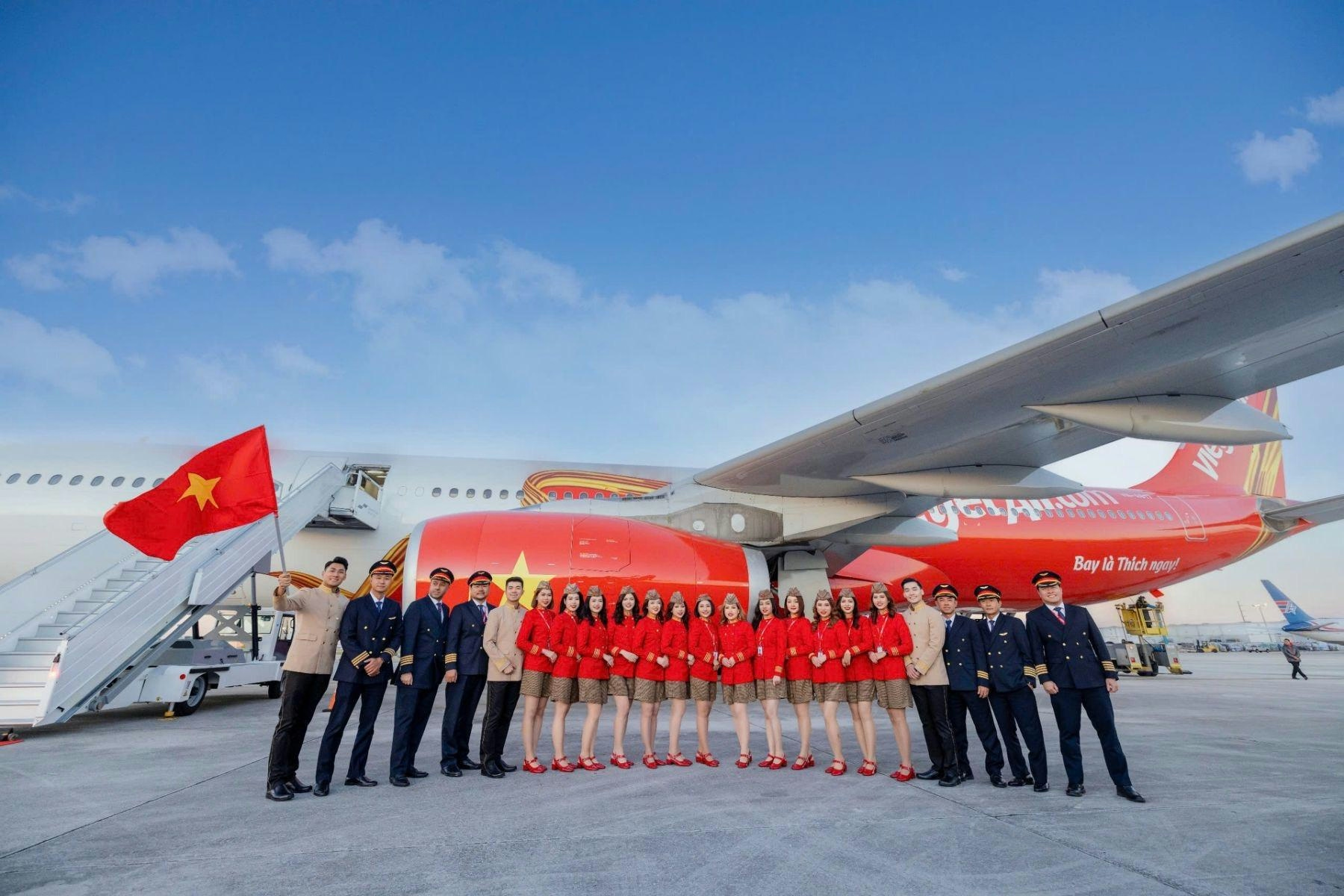
The Leading Widebody Aircraft in Service Today
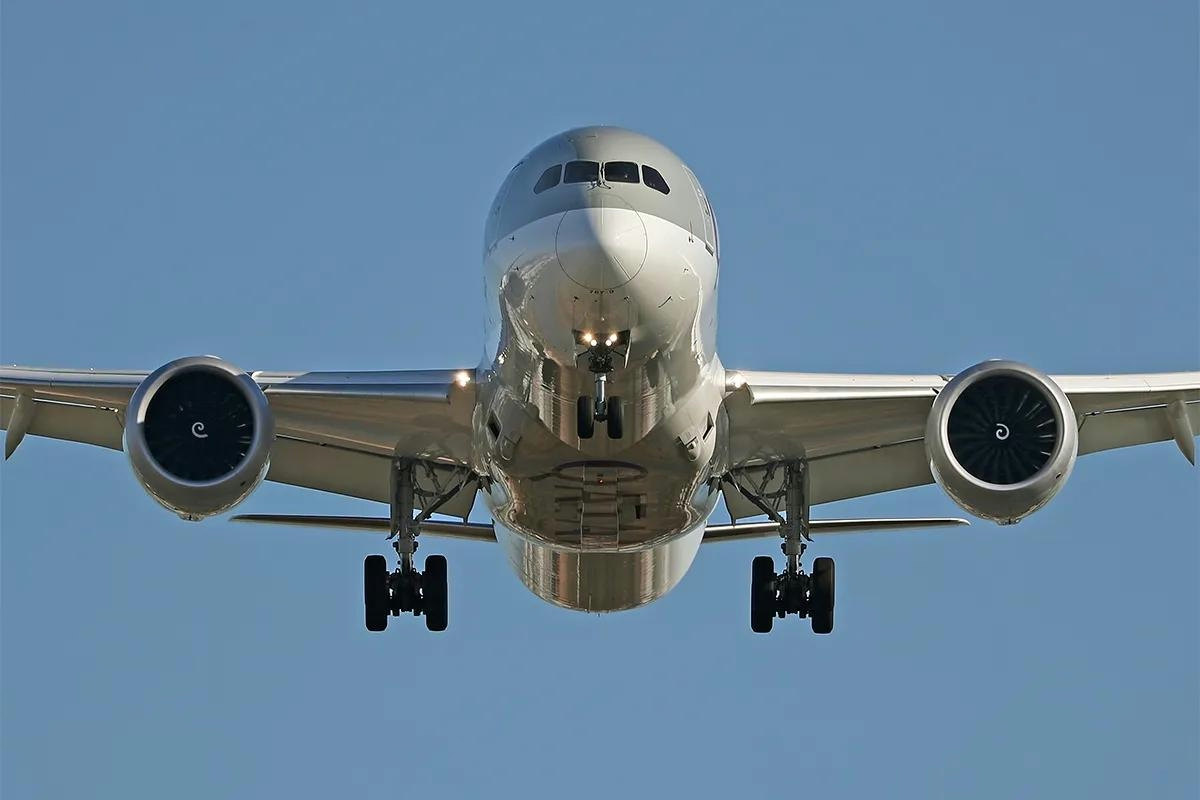
The Fastest Boeing Jet Currently in Service
